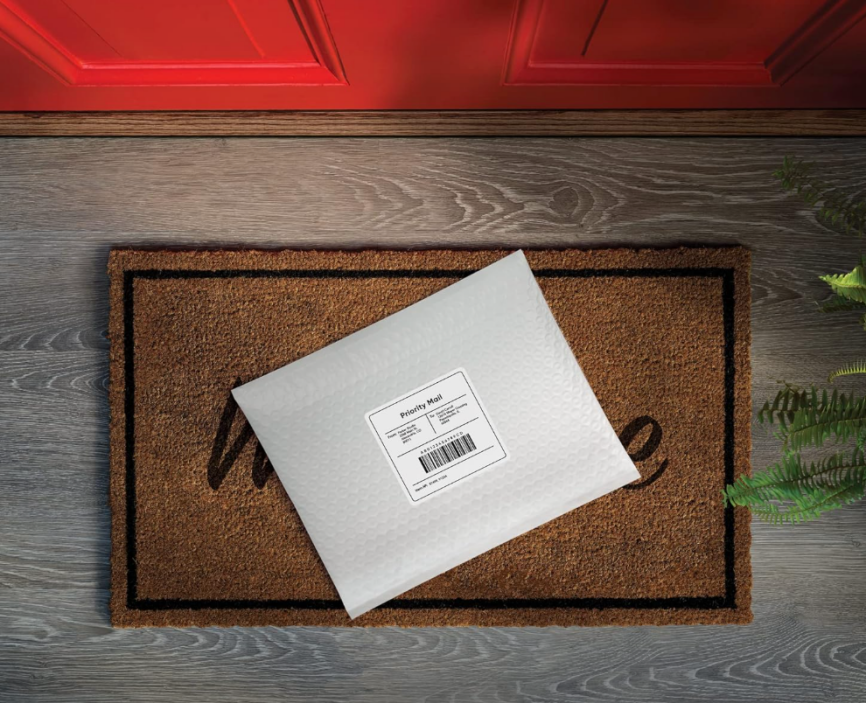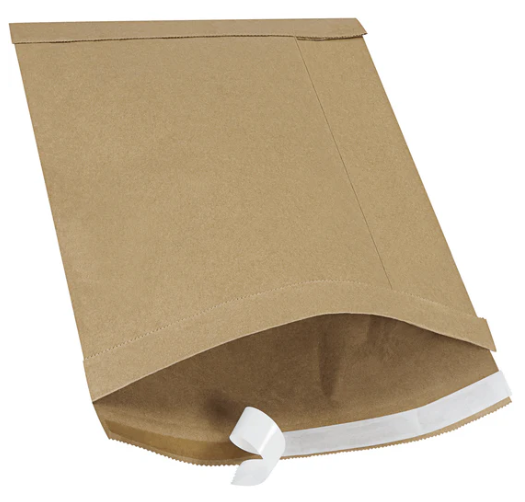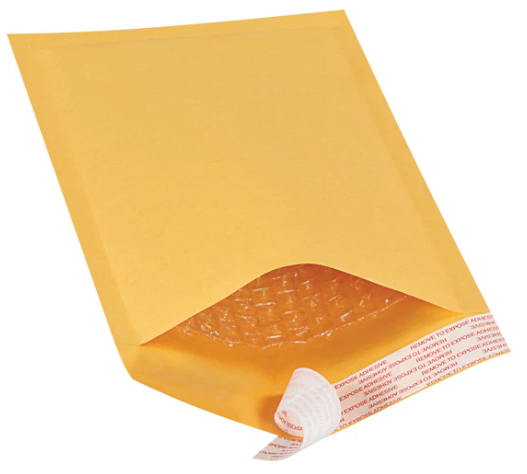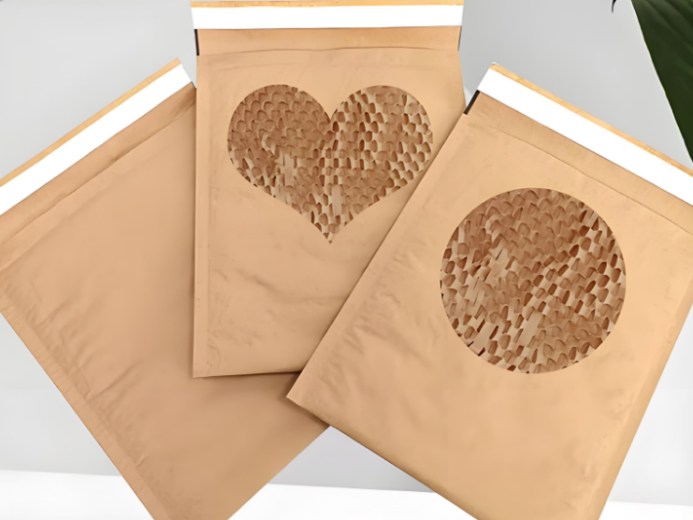Shipping Envelopes: How to Maximize Value in E-commerce and Logistics?
With the rapid development of e-commerce and cross-border logistics, companies' packaging needs have evolved beyond simply protecting their products. Packaging needs to strike a balance between reducing shipping costs, improving user experience, and complying with environmental regulations. Traditional cardboard boxes, while stable, are bulky and costly; plastic packaging, while lightweight, faces restrictions due to environmental trends.
Against this backdrop, shipping envelopes are becoming the preferred choice for an increasing number of businesses. They are lightweight, convenient, and versatile, meeting a wide range of needs, from document delivery to small e-commerce packages.
As a provider of flexible packaging solutions specializing in the food, coffee, and e-commerce industries, MTPAK offers a diverse range of envelope options, helping brands demonstrate professionalism and responsibility while ensuring efficient shipping.
What are the common materials of Shipping Envelopes?
Different materials determine the performance and application of envelopes:
Kraft paper envelopes
Highly sturdy, environmentally friendly, and recyclable, they are suitable for shipping documents, magazines, and lightweight items. They are widely used in office and document delivery.
Plastic courier bags
Mainly made of polyethylene, these bags are waterproof, tear-resistant, and lightweight, making them suitable for cross-border e-commerce logistics of clothing and soft goods.
Bubble Envelopes
Lined with bubble film, they provide cushioning and protection. They are commonly used for cosmetics, electronic accessories, and small, fragile items.
Composite Eco-Friendly Envelopes
Made from recycled plastic, PLA biodegradable material, or FSC-certified paper, these envelopes meet shipping needs while remaining environmentally friendly.
What are the common types of Shipping Envelopes?
l Standard flat envelopes: Commonly used for daily mailing of documents, contracts, invoices, and more.
l Envelopes with self-adhesive seals: Easy to seal, improve packaging efficiency, and reduce the need for extra tape.
l Double-seal envelopes: Ideal for e-commerce returns, supporting a second seal.
l Custom-printed envelopes: Logos, QR codes, or other information can be printed on the envelope to enhance brand recognition during logistics.
l Envelopes with anti-counterfeiting features: Tear-off strips or disposable seals can be used to prevent tampering and enhance security.
Why are Shipping Envelopes attracting so much attention amid the environmental protection trend?
The global packaging industry is facing the dual pressures of environmental protection and regulatory compliance, and mailing envelopes offer a natural advantage in this regard:
Renewable and recyclable materials: Our kraft paper envelopes utilize a significant amount of certified sustainable virgin or recycled pulp, ensuring the environmental sustainability of their resources. Furthermore, they are recyclable.
Degradable options: Choose standard degradable plastic envelopes. Under certain conditions, these envelopes can be decomposed, significantly reducing "white pollution" and effectively demonstrating a brand's commitment to environmental protection.
Minimal design: Through scientific structural design, we minimize material use while ensuring strength. We also recommend envelopes that best match your product size, reducing packaging waste and unnecessary shipping volume at the source, achieving a win-win for both cost and environmental protection.
How to Choose the Right Shipping Envelopes?
Identify product characteristics: For fragile items, bubble envelopes are preferred, while plastic courier bags are suitable for clothing.
Pay attention to material certifications: For food or document shipments, choose safe materials that comply with FDA, FSC, and other certifications.
Balance cost and environmental protection: Choose between standard and environmentally friendly materials based on budget and market positioning.
Consider brand customization: Printing logos or environmental slogans can enhance brand recognition and a sense of responsibility.
Test durability: Test tear strength, moisture resistance, and sealing effectiveness through transport simulations.
What are the future trends for Shipping Envelopes?
Environmentally friendly: More brands will adopt recyclable and biodegradable materials to promote green logistics.
Lightweight: While ensuring protective performance, materials will be made lighter to reduce transportation energy consumption.
Multifunctional: Products with anti-counterfeiting features, reusable or customizable structures will be more widely used in e-commerce and cross-border businesses.
Enhanced design: Future mailing envelopes will not only be a means of transportation but also an integral part of the brand experience.
Conclusion
In the e-commerce and logistics industries, shipping envelopes are no longer simply transportation tools; they're a crucial link connecting supply chain efficiency, user experience, and environmental goals. Lightweight, economical, and versatile, they offer businesses flexible packaging options.
With increasingly stringent environmental regulations and growing consumer awareness of green packaging, choosing the right shipping envelopes not only helps businesses reduce shipping costs but also demonstrates professionalism and responsibility to the market.
If you're looking for an efficient, durable, and environmentally friendly shipping envelope solution, consider choosing MTPAK. Let's contribute to improving logistics efficiency, protecting product safety, and promoting green packaging!
Email:account@mtpak.com
Contact us:https://mtpak.com/contact-mtpak





